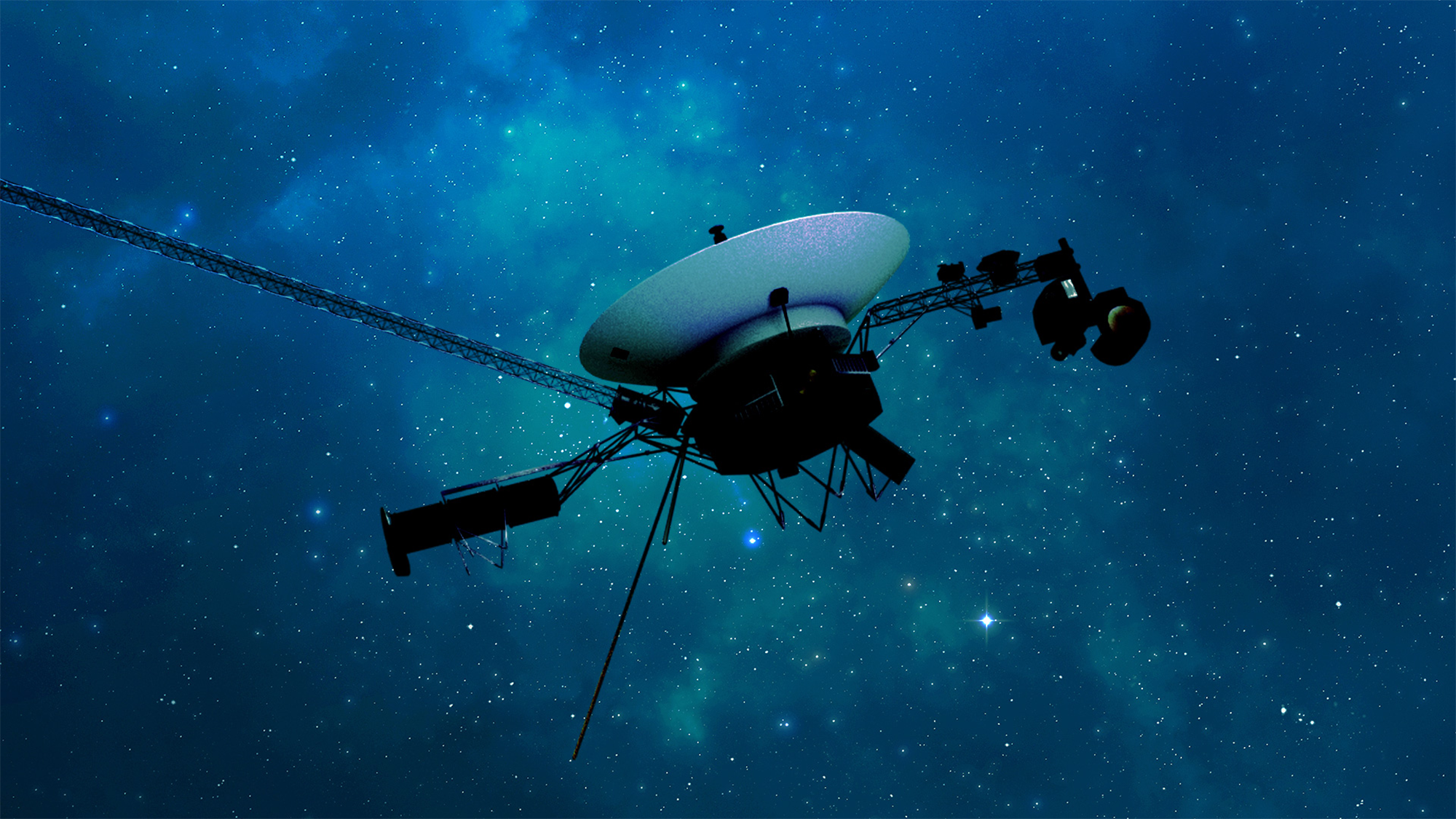
It’s the new year, and suddenly you’re talking to us about champagne!
Yeah. So champagne is basically water for 87.5% and ethanol for the remaining 12.5%. There are also many other ingredients in very small quantities, but in fact they are the most important, since they are the origin of the aroma and taste of champagne. Above all, there is carbon dioxide, the culprit behind our climate setbacks, but also the bubbles of champagne: in a bottle of champagne there are about 5 liters of carbon dioxide.
But a bottle of champagne is only 0.75 liters!
Yes, I must be more precise: the carbon dioxide contained in a bottle of champagne would occupy a volume of 5 liters if it were outside the bottle, that is, at atmospheric pressure, at 1 bar. But in the bottle, it is under pressure, in addition to being in contact with the wine, to the point that it partially dissolves in the liquid. Pressure relates to a small amount of carbon dioxide present in the form of a gas, between the champagne and the cork. This pressure depends on the temperature of the bottle. For example, the pressure is 5 bar, which is 5 times higher than the atmospheric pressure of a bottle at 6 degrees Celsius, and 8 bar at 20 degrees. It is this pressure that allows the champagne cork to pop, and thus it is best not to use very cold champagne if you want to send the cork very far!
It’s the carbon dioxide that pushes the cork out of the bottle, right?
Yes, when you open the bottle, the pressure drops to the level of atmospheric pressure, and the volume of gas increases accordingly. For example, for a champagne served at the right temperature, we suddenly go from 5 bar to 1 bar, so the CO2 needs 5 times more volume and thus has no other choice but to escape from the bottle as fast as it can. The speed of the expulsion exceeds the speed of sound, and when we observe the column of smoke coming out of the bottle with speed cameras, we see very clearly the shock waves, like when an airplane breaks the sound barrier.
Embarrassed ! And what is this plume of smoke? I thought carbon dioxide was colorless!
You’re right, it’s not the carbon dioxide that we see. But during this expansion, the gas suddenly cools, which simultaneously cools the air nearby. As a result, the water vapor in the air condenses, and we literally get fog. So in fact, this is true for bottles that are served very cold, but the researchers who conducted this study showed that if the champagne is at 20 degrees, the column changes shape and color in particular, becoming blue. This they explain by the condensation of carbon dioxide itself. As you know, at atmospheric pressure, carbon dioxide is in the form of a gas, but that’s true at room temperature. If the temperature is lowered, it changes its state, such as water vapor, which becomes liquid below 100 degrees and solid below 0 degrees.
Yes, it’s ice cream!
here. Well, when carbon dioxide is cooled, it goes directly from a gaseous state to a solid state, which is called dry ice. And this happens at – 78.5 degrees. Well, when you open a bottle of champagne at 20 degrees, the temperature of the expelled gas drops to -90 degrees, so the carbon dioxide briefly turns into dry, hard crystals.
And you mentioned researchers working on champagne?
Yes, there is in particular Gérard Leger-Belaire, at the University of Reims-Champagne-Ardennes, who is the origin of all that I have just told you. But I may also quote Louis Pasteur, our compatriot, Pasteur, who, when he was dean of the Faculty of Sciences at Lille, in the middle of the nineteenth century, was the first to take an interest in fermentation, the same thing at the origin of everything that makes it possible to turn grapes into Wine or champagne, and by the way also turning malts and hops into beer!



freshidea-AdobeStock-ef12.jpeg)


